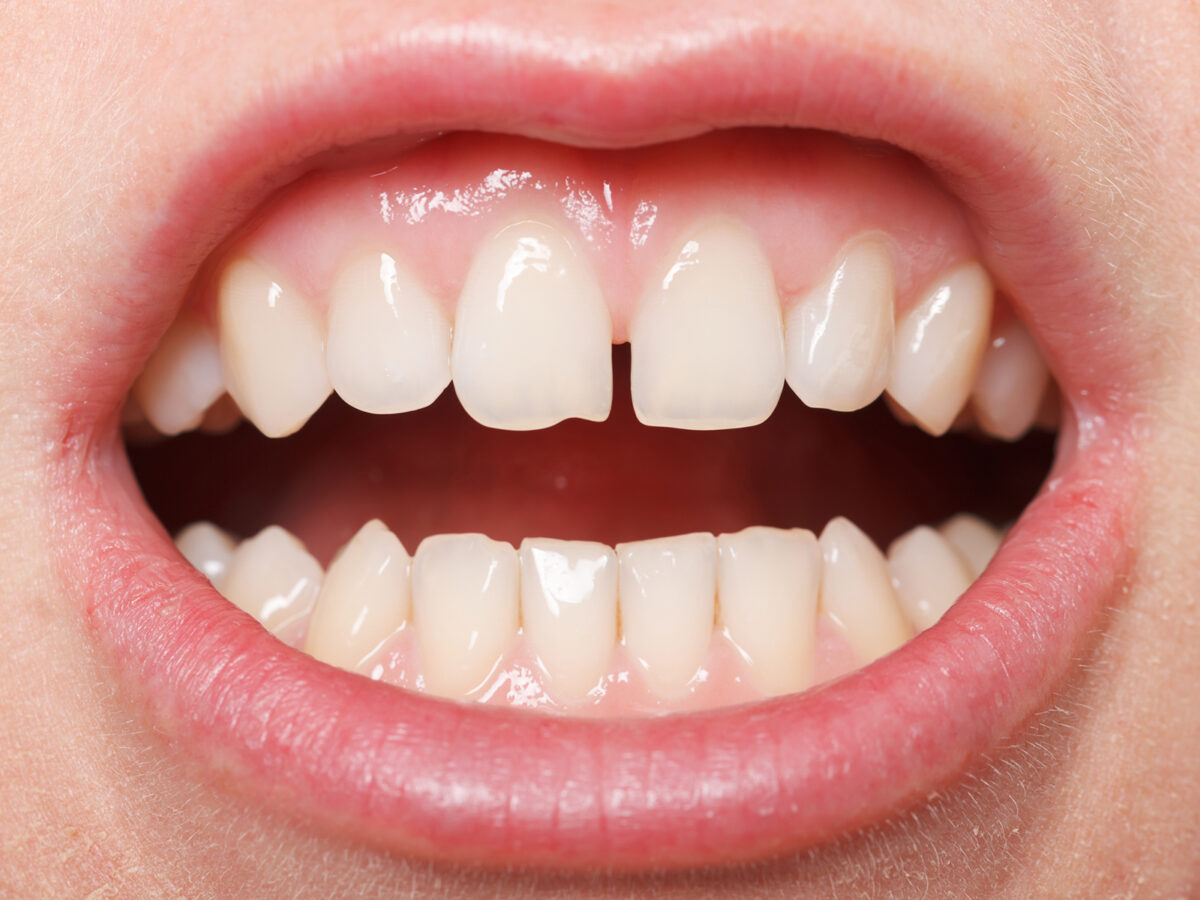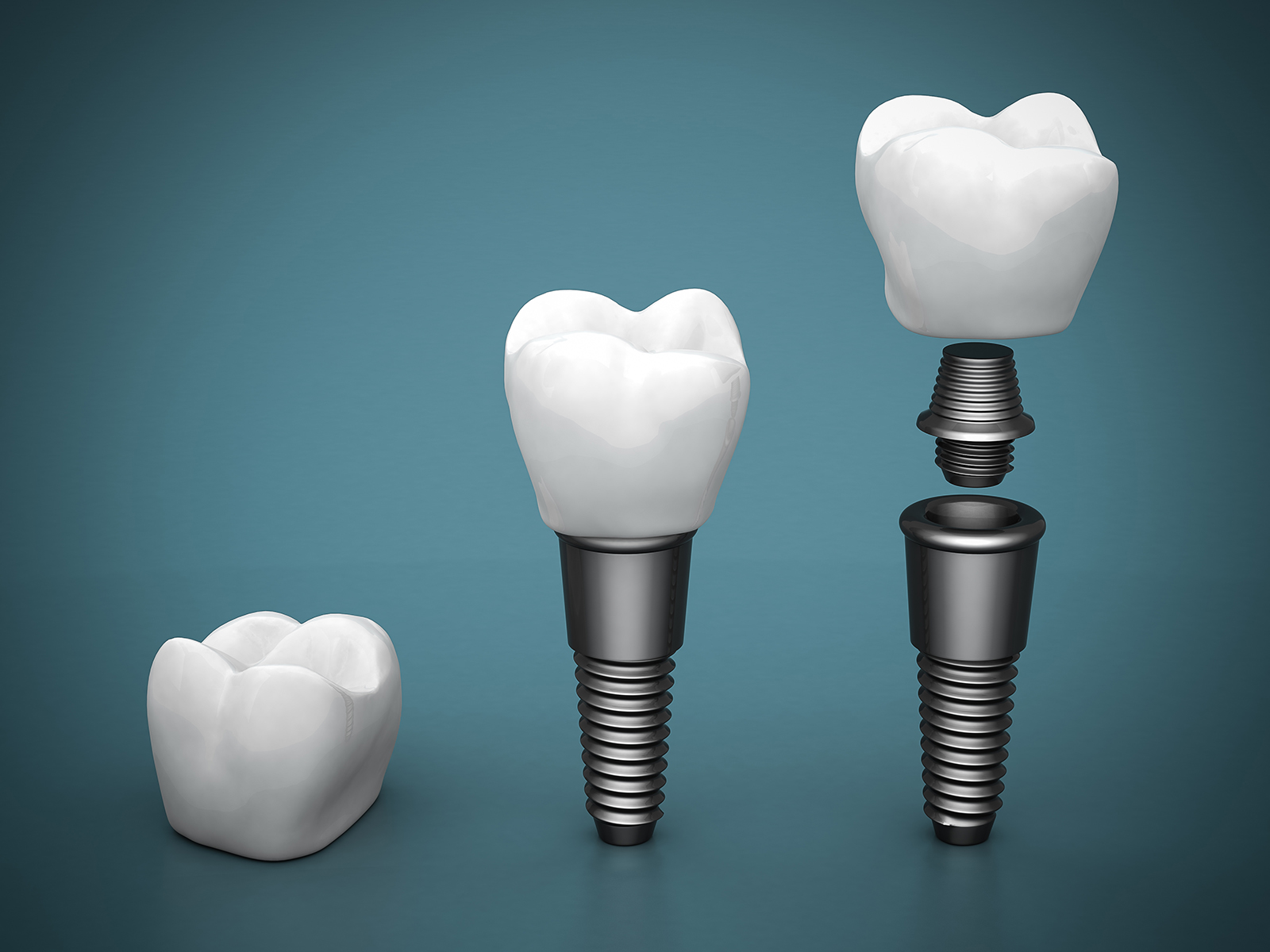Gaps in the front teeth will ruin your smile’s aesthetics. When people want to streamline their smile design, orthodontic treatment is often their first choice. Furthermore, braces can be quite tedious and expensive for some people. If you are searching for options for filling in gaps in your front teeth, then this post is for you.
As an alternative to braces, orthodontists also recommend cosmetic appliances to close gaps between teeth. Brace treatment is not the ideal solution to close all gaps in the teeth. When orthodontists identify how the gaps formed, they recommend a suitable solution.
Here are some of the options available in today’s dentistry as a substitute for braces.
Dental Bonding
Using composite bonding to fill small gaps or to repair gapped teeth will be your best option if you have small gaps or want a quick fix.
A tooth-colored composite resin is applied over the tooth with a localized space as part of this simple cosmetic dental procedure. The bonding is then hardened by a special light. The dentist will then trim and polish the resin to match the other surfaces of the teeth once it has hardened. In most cases, dental bonding can be done within one or two dental visits.
Dental Veneers
Veneers are thin, tooth-colored shells made out of porcelain or other composite materials that cover the outside of the tooth. Porcelain can only be attached to the tooth after a small amount of enamel has been removed. In addition to fixing cosmetic issues such as stains, chips or cracks, and shrunken teeth, the procedure is widely recommended for repairing various other cosmetic issues. Veneers made of porcelain are resistant to stains, can withstand your chewing force to a great extent, and are significantly stronger than composite resins.
Dental Impression Kit
Moving the teeth with a dental impression kit is the simplest and fastest method. Kits typically consist of a digital impression system, impression trays, and automatic or manual alginate mixers. Taking dental impressions with the tray involves making 6 impressions: 3 lower and 3 upper impressions. When you properly place the upper and lower impressions, the teeth will move in a specific direction, and the spaces between them will close.
Teeth gap bands
An elastic band is fitted around teeth where gaps exist to close them. Using it to close gaps is one of the most affordable ways to do so. To receive the benefits of the band, you need to wear it for at least 12 hours a day. With regular wearing, you will achieve the look you desire within a short period. Additionally, the treatment duration is determined by the size of the gap.
A gapped tooth is more commonly the result of an arch length that requires orthodontic treatment (e.g., with braces). But there is plenty of treatment you can use to close such gaps. You can find out more about such non-braces solutions by contacting your dentist or orthodontist.





